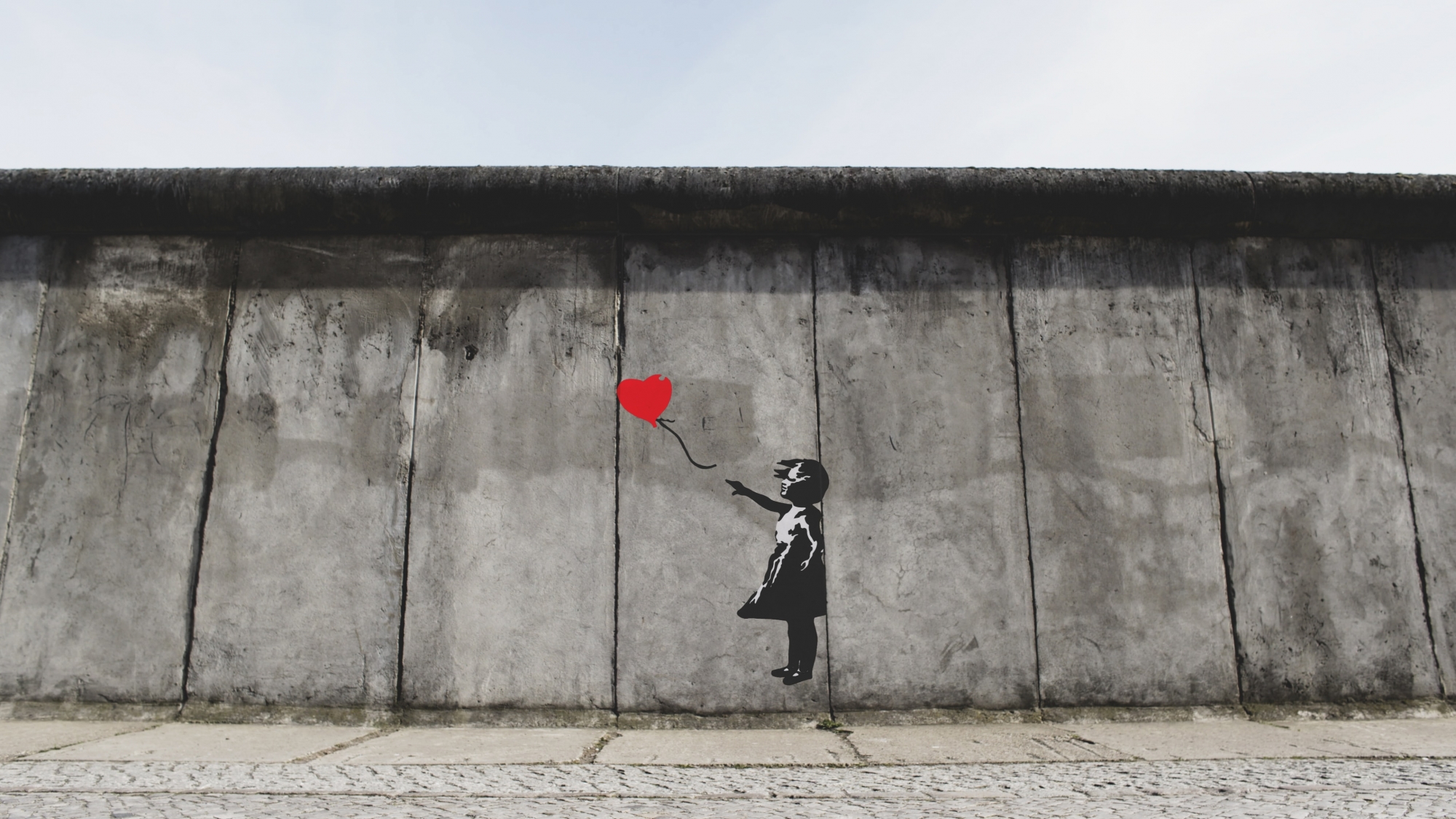A lovely evening has arrived
How often do you hear someone say, "I'm definitely not Sinterklaas." By that, they mean they're not a benefactor like Saint Nicholas.
Nicholas of Myra (Ancient Greek: Ἅγιος Νικόλαος, "Saint Nicholas", nicknamed αυματουργός "the Wonderworker"), also called Nicholas of Bari or Nicholas of Patara, was at the beginning of the 4th century bishop of Myra, the then capital of Lycia in south-western Asia Minor (an area in present-day Turkey) and a Roman province at that time. He came from a wealthy family of Greek descent.
He was already well-known and beloved during his lifetime. For this reason, his bones were preserved in a church just outside the city of Myra. In the year 550, he was canonized by the Greek Catholic Church. The church above his grave became a basilica and was modernized in the 6th and 8th or 9th centuries. Between the 6th and 12th centuries, his fame was further enhanced by pilgrimages to Myra. In 1087, sailors brought Nicholas's bones back for fear that the Muslim Seljuks would destroy them. Most of the bones went to Bari, Italy, where a church and later even a basilica were built specifically for them. Soon, the veneration of Nicholas gained momentum in Europe, and pilgrims flocked to Bari.
Nicholas was added as a saint to the Roman Catholic Church's calendar of saints. After the 11th century, St. Nicholas became the central figure in numerous legends. In Eastern Europe, Nicholas of Myra remains an important saint to this day. In Western Europe, his veneration, particularly during the Reformation, grew into folklore surrounding the day of his death. Significant elements of the Sinterklaas festival trace their origins to him.
Because Sinterklaas was a benefactor. A good and holy man. This is evident, for example, in the story of the three daughters of a merchant who had squandered his fortune and was about to sell his youngest daughter at the slave market. Nicholas anonymously gives their father a gold nugget. These are stories of lives threatened with collapse, and then Nicholas takes it upon himself to find a solution. Just as we encounter in our own practice, with donors or testators acting as benefactors, for their own descendants or for third parties.
Nicholas died on December 6, 342 AD, at a ripe old age for that time, likely of old age. His bones were examined in 1953. He must have been about 1.67 meters tall and suffered from chronic arthritis in his pelvis. He was buried outside the city of Myra, where a ruin of the rebuilt basilica can still be seen. Descriptions from the 6th century indicate that the cult of Nicholas was already firmly established. In 1087, most of his bones were transferred to Bari and other places.
St. Nicholas is the patron saint of skippers, shipbuilders, fishermen, prisoners, innocent convicts, lawyers, notaries, bailiffs, bankers, dockworkers, grain merchants, coopers, wine merchants, painters, perfumers, pharmacists, bakers, clergy, suitors, children, prostitutes, and merchants. Many port cities have St. Nicholas as their patron saint, such as the city of Amsterdam.
This week, of all days, a sacred piece of bone from – according to tradition – the skeleton of Bishop Nicholas of Myra was interred in the St. Nicholas Basilica in Amsterdam.
And as a notary with the slogan "Good for each other" and with many Amsterdam clients, we naturally cherish the story of our patron saint, which still brings joy to so many people, young and old, every year.
Nicholas of Myra (Ancient Greek: Ἅγιος Νικόλαος, "Saint Nicholas", nicknamed αυματουργός "the Wonderworker"), also called Nicholas of Bari or Nicholas of Patara, was at the beginning of the 4th century bishop of Myra, the then capital of Lycia in south-western Asia Minor (an area in present-day Turkey) and a Roman province at that time. He came from a wealthy family of Greek descent.
He was already well-known and beloved during his lifetime. For this reason, his bones were preserved in a church just outside the city of Myra. In the year 550, he was canonized by the Greek Catholic Church. The church above his grave became a basilica and was modernized in the 6th and 8th or 9th centuries. Between the 6th and 12th centuries, his fame was further enhanced by pilgrimages to Myra. In 1087, sailors brought Nicholas's bones back for fear that the Muslim Seljuks would destroy them. Most of the bones went to Bari, Italy, where a church and later even a basilica were built specifically for them. Soon, the veneration of Nicholas gained momentum in Europe, and pilgrims flocked to Bari.
Nicholas was added as a saint to the Roman Catholic Church's calendar of saints. After the 11th century, St. Nicholas became the central figure in numerous legends. In Eastern Europe, Nicholas of Myra remains an important saint to this day. In Western Europe, his veneration, particularly during the Reformation, grew into folklore surrounding the day of his death. Significant elements of the Sinterklaas festival trace their origins to him.
Because Sinterklaas was a benefactor. A good and holy man. This is evident, for example, in the story of the three daughters of a merchant who had squandered his fortune and was about to sell his youngest daughter at the slave market. Nicholas anonymously gives their father a gold nugget. These are stories of lives threatened with collapse, and then Nicholas takes it upon himself to find a solution. Just as we encounter in our own practice, with donors or testators acting as benefactors, for their own descendants or for third parties.
Nicholas died on December 6, 342 AD, at a ripe old age for that time, likely of old age. His bones were examined in 1953. He must have been about 1.67 meters tall and suffered from chronic arthritis in his pelvis. He was buried outside the city of Myra, where a ruin of the rebuilt basilica can still be seen. Descriptions from the 6th century indicate that the cult of Nicholas was already firmly established. In 1087, most of his bones were transferred to Bari and other places.
St. Nicholas is the patron saint of skippers, shipbuilders, fishermen, prisoners, innocent convicts, lawyers, notaries, bailiffs, bankers, dockworkers, grain merchants, coopers, wine merchants, painters, perfumers, pharmacists, bakers, clergy, suitors, children, prostitutes, and merchants. Many port cities have St. Nicholas as their patron saint, such as the city of Amsterdam.
This week, of all days, a sacred piece of bone from – according to tradition – the skeleton of Bishop Nicholas of Myra was interred in the St. Nicholas Basilica in Amsterdam.
And as a notary with the slogan "Good for each other" and with many Amsterdam clients, we naturally cherish the story of our patron saint, which still brings joy to so many people, young and old, every year.


Services
See also

Why MAES notaries
We guide our clients through the moments that truly matter in life. Whether for business or pleasure. We offer peace of mind, reliability, and security. Impeccable, dedicated, and honest.

Corporate Social Responsibility
We recognize the responsibility we bear for our stakeholders: our customers, our employees, suppliers, the government, and the society we are part of. This applies to both our professional and social spheres. Our social responsibility focuses on three themes: governance , a sustainable living environment, and social engagement. We hope to make an impact through these initiatives.
